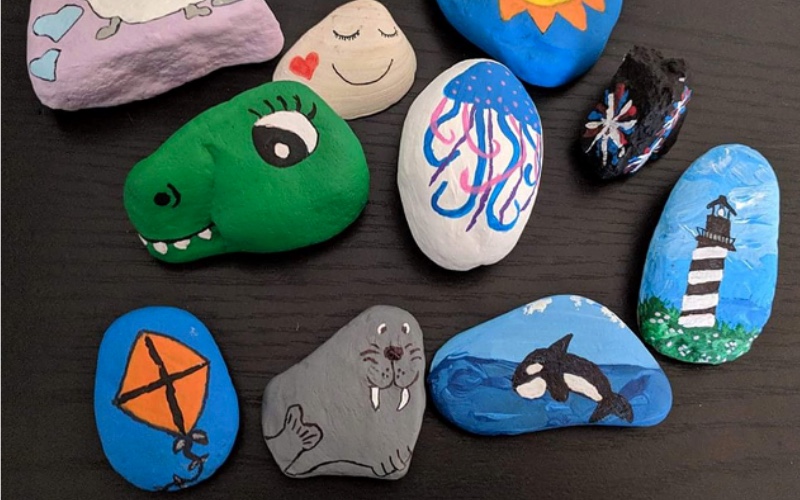
Capturing children’s attention often presents a challenge, particularly when discussing important topics like sustainability. Yet, blending education with creativity can transform learning into an enjoyable experience. Humorous visuals and relatable concepts can effectively engage young minds in understanding environmental issues.
By integrating creativity and humour, educators and parents can create a memorable educational experience that resonates with kids.
The Power of Humour in Education

Humorous visuals serve as powerful communication tools that simplify complex ideas. Combining engaging images and clever text effectively captures kids’ fleeting attention. By incorporating these entertaining elements into lessons about sustainability, educators and parents can present critical concepts—such as recycling, conservation, and climate change—in a format that children find enjoyable and easy to grasp.
Using humour encourages creativity, allowing kids to express their understanding of sustainability in a fun way. For example, teaching children about composting can involve a funny character puzzled about what can be composted. This visual representation grabs attention and reinforces the lesson, helping it remain memorable. A free meme generator can be a fantastic resource for creating these engaging visuals, enabling children to design memes that convey important environmental messages.
Humorous visuals can serve as conversation starters. When children encounter something that makes them laugh, they often feel inclined to discuss its meaning. This opens the floor for conversations about sustainable practices, encouraging kids to share their thoughts and ideas. Such dialogues promote a deeper understanding of environmental issues and ways they can contribute positively.
Creating Engaging Visuals to Teach Sustainability Concepts
Creating engaging visuals can be a collaborative activity that fosters teamwork among kids. When working in groups to discuss their passions regarding the environment, they engage in critical dialogue about key issues. Topics can include reducing plastic usage, conserving water, and protecting wildlife. This collaborative process encourages creative thinking and builds communication skills.
Children can design their visuals that showcase their understanding of sustainability. This activity solidifies their knowledge while giving them a sense of ownership over the content. For instance, a child might create a piece featuring their favourite animal with a caption about the importance of preserving its habitat. This personal connection increases motivation to share their message with peers and family.
In addition to fostering creativity, producing these engaging visuals enhances digital literacy skills. As children learn to edit images, select fonts, and compose captions, they gain valuable experience with digital media. As children navigate an increasingly digital society, these skills are essential, making effective communication through digital platforms crucial.
Making Sustainability Relatable Through Humour
Humour acts as a universal language that bridges understanding across generations. Children can see real-life applications of sustainability concepts using relatable visual scenarios. For instance, a humorous depiction of a beloved cartoon character struggling with recycling can illustrate the importance of proper waste disposal.
When children see themselves in these amusing instances, they are more likely to reflect on their actions regarding the environment. Understanding that sustainability doesn’t need to be a serious topic empowers them to adopt eco-friendly habits without feeling overwhelmed. This engagement helps alleviate the anxiety that sometimes accompanies discussions about climate change.
Humour can also facilitate difficult conversations. Topics such as climate change can be daunting for children, potentially leading to feelings of helplessness. However, a well-crafted humorous visual can present these subjects in a more accessible way, showcasing positive actions they can take.
For instance, a lighthearted image might highlight the fun aspects of reducing single-use plastics, such as taking a favourite reusable water bottle to school. This encourages proactive steps toward sustainability instead of focusing solely on negative consequences.
Using humour makes learning enjoyable and allows children to explore various sustainability topics at their own pace. They can engage with content that resonates with their interests, leading to deeper exploration of specific issues. This approach nurtures curiosity, prompting them to ask questions and seek further environmental information.
Encouraging Digital Expression Through Creative Projects
Children are familiar with technology, making creative projects an engaging expression. This familiarity allows for exciting exploration, as they can transform their ideas about sustainability into visual narratives. The process of creating content can inspire enthusiasm and ownership, motivating children to express their thoughts in creative ways.
Guiding children through the creation process—selecting images, composing captions, and sharing their works—empowers them to participate actively in their learning journey. This engagement reinforces sustainability lessons while developing their digital storytelling skills, which is essential in an interconnected society.
Encouraging children to create and share their visuals can cultivate community. They share these creations with classmates or family and initiate discussions about important environmental issues. This exchange of ideas enhances their understanding and builds a sense of belonging as they collectively advocate for a greener planet.
Children become more discerning media consumers by participating in creative projects. They learn to analyse the messages conveyed through the creations they encounter, discussing their meanings and relevance to their lives. This analytical approach deepens their understanding and encourages critical thought about the information they consume, fostering a generation of informed individuals.
